Is the Convenience of Driving Worth the Lives of Waunakee Students?
As I was biking home from school earlier this month, I noticed that there is an apparatus attached to a sign near the school intended to analyze the traffic situation in preparation for the merging of the high school and middle school buildings. This is a perfect time to call attention to issues of safety and traffic around the school, which regularly puts students including myself in peril.
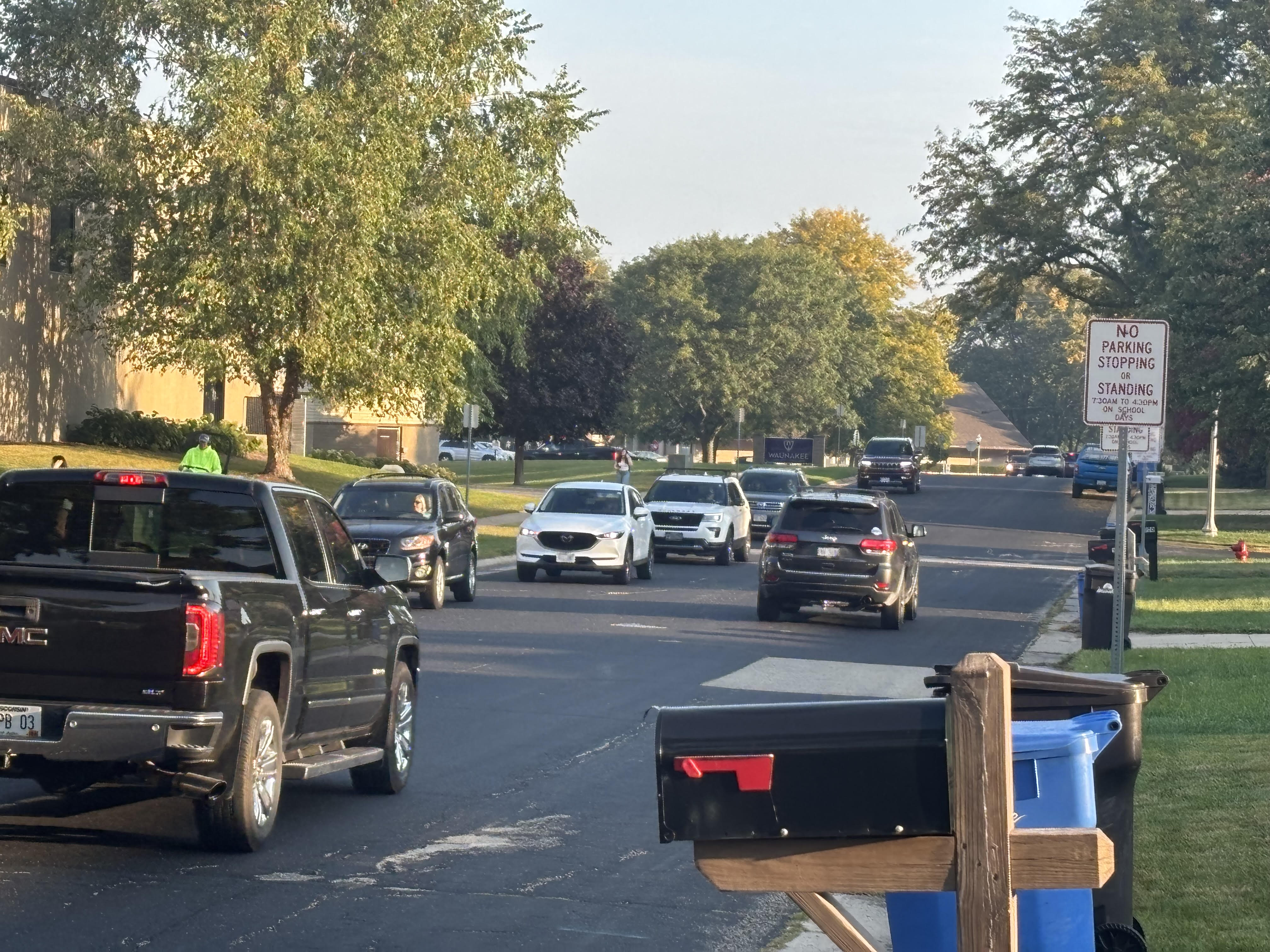
When students drive to school, they cause many problems, which are completely avoidable.
Waunakee students must avoid driving to school (or being dropped off by their parents), as our presence on the road is dangerous, increases congestion, and harms the environment. As the school evaluates the traffic situation in preparation for merging the middle school and high school facilities, the administration must take steps to increase road safety.
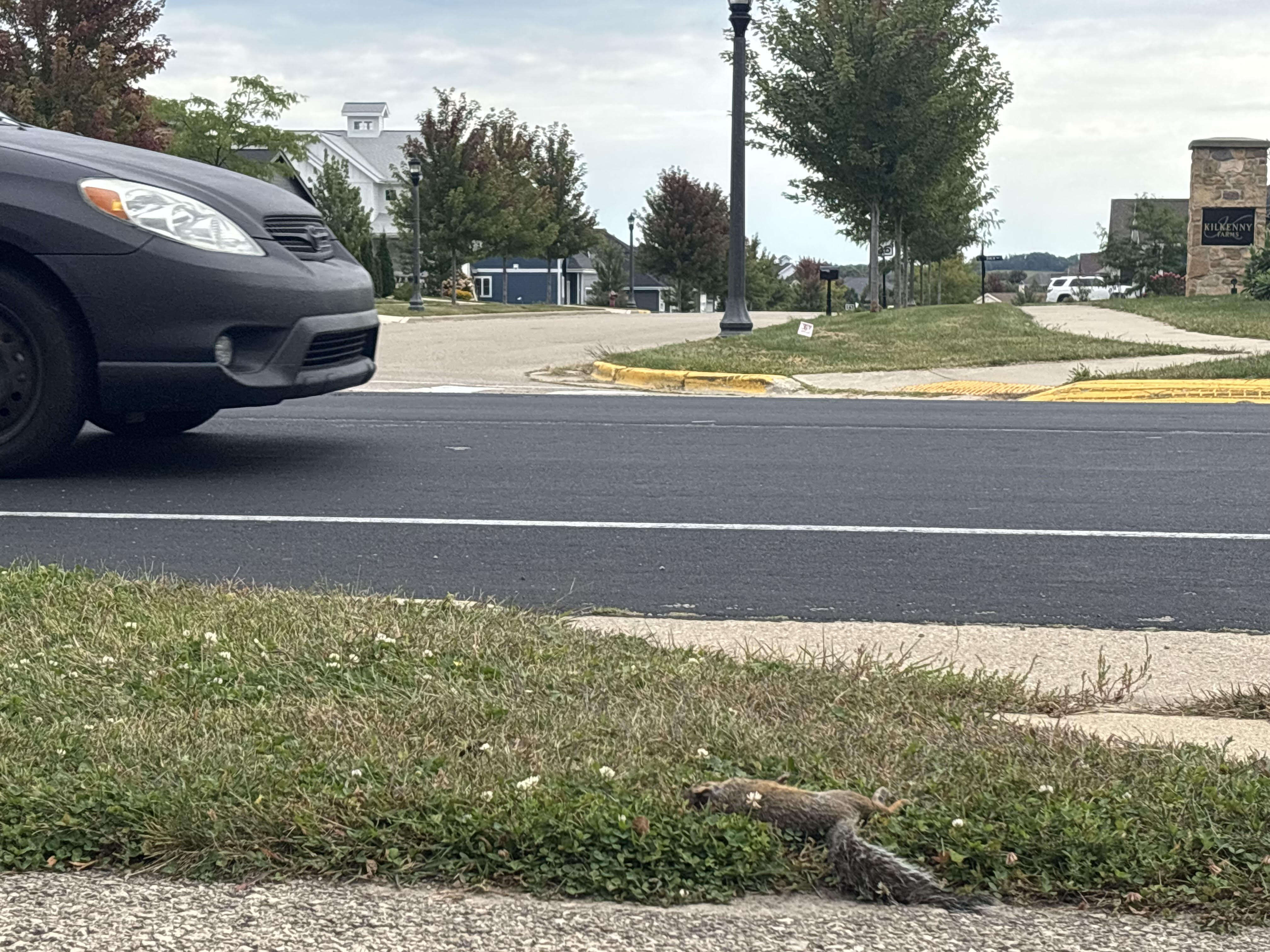
While it is unlikely that this squirrel was killed by a car, corpses in or along the roads are extremely common.
Teen drivers are a significant safety hazard. According to the National Safety Council, teen drivers comprise 3.7% of licensed drivers, but were involved in 8.7% of crashes, suggesting that teens get in crashes at over double the rate of other drivers (Motor Vehicle - Injury Facts).
By driving, students put other peoples’ lives in jeopardy because of their inexperience, less developed judgement skills, and their tendency to be distracted. That said, even a “good driver”, is still inherently a risk to everyone else, because they are driving a vehicle with the capacity to end someone’s life. Given that being dead, hospitalized, or even involved in a minor crash negatively impacts students’ abilities to learn, safety around the school must be a top priority, and the administration must encourage students to walk, bike, or take the bus.
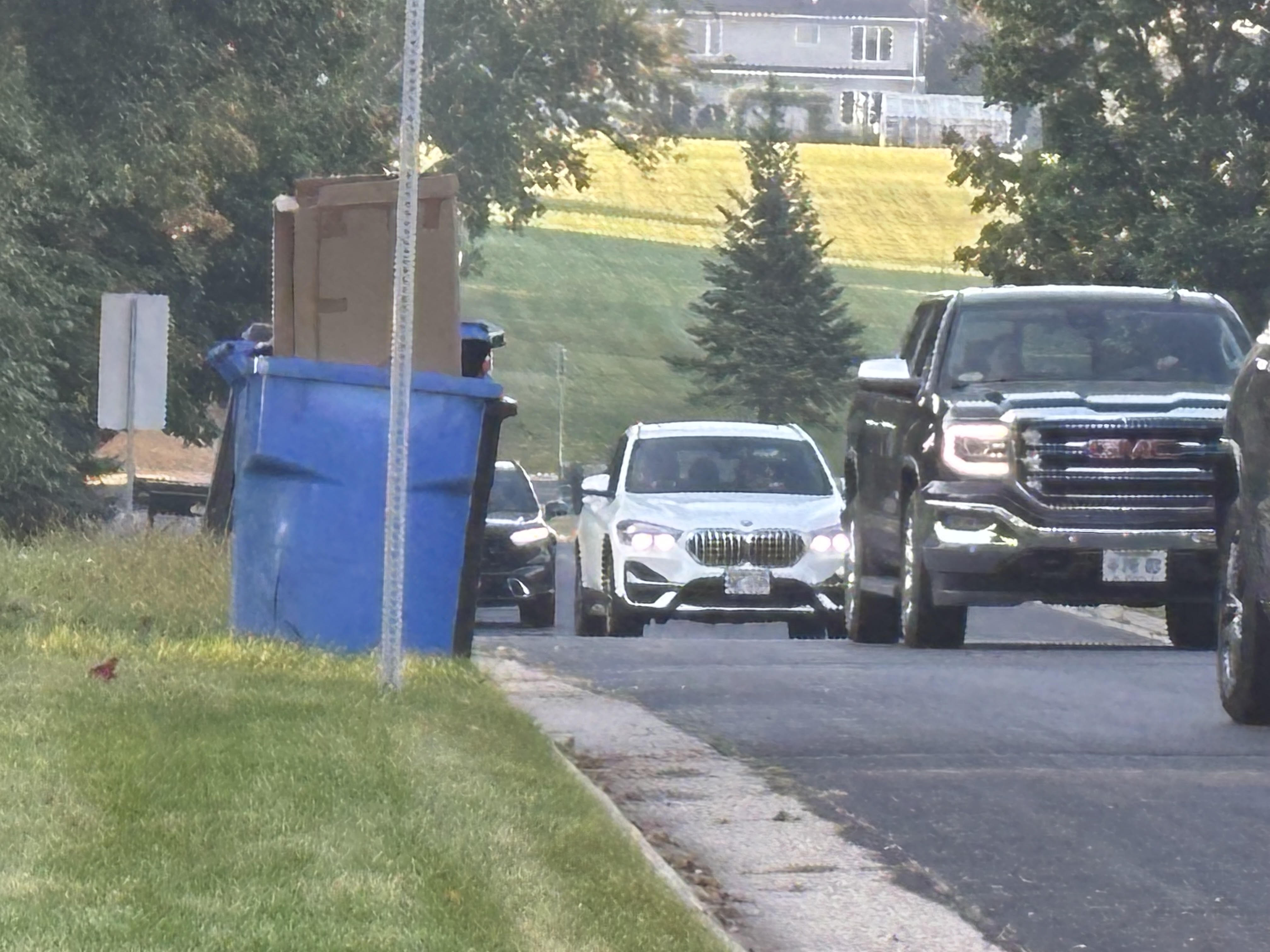
By driving, we contribute to congestion.
Additionally, every driver on the road adds to congestion, slowing down traffic and hampering the efforts of first responders. If there was an emergency at the school, every car that needs to get out of the way for emergency vehicles adds seconds to the response time, and the delay may be significant, especially if drivers are tired, inexperienced, or texting. These seconds could be the difference between life and death, and every student who walks, bikes, carpools, or takes the bus is helping emergency responders do their job, whereas students who drive are potentially preventing them from saving lives. It will always take ten cars longer to clear the road than three.
Just as increased traffic slows down emergency vehicles, it also negatively impacts the environment. Every vehicle on the road emits carbon dioxide, as well as other harmful gases, which contribute to the destruction of all life on earth.
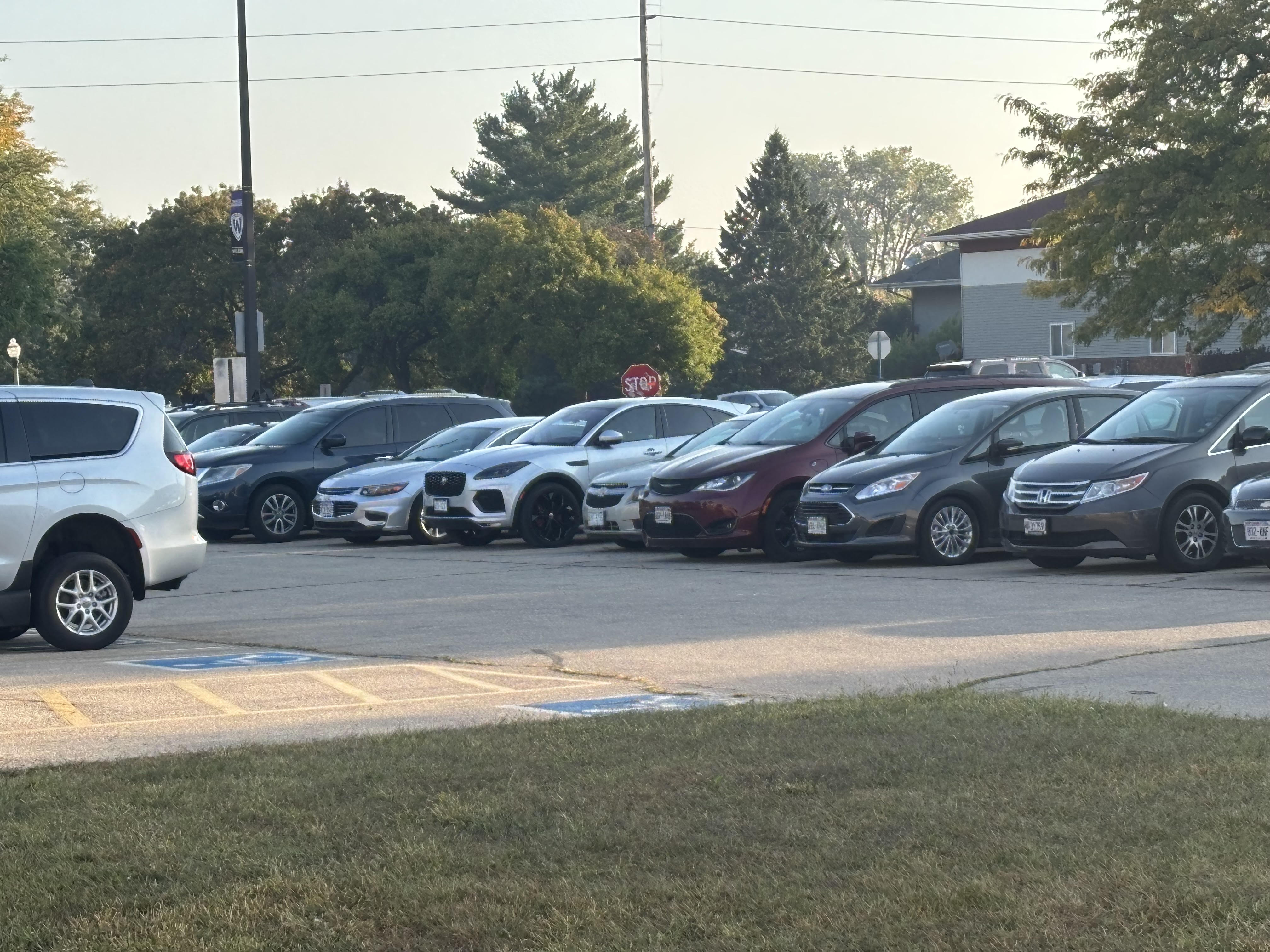
Even as early as 7:15 am, the parking lot is almost full.
While a couple students choosing to walk to school won’t completely solve climate change, there is a solution to all of these problems on a smaller scale: the school must reduce the amount of parking, assign permits more strategically, and move drop off away from the school. Some students may need to drive, but the vast majority do not. Students who live within 1-2 miles of the school can easily bike or walk to school, and the school provides a bus service. It follows that one way the school can encourage students not to drive by assigning parking spaces based upon need, not by age, as it currently does. The exact parameters to determine what constitutes the need to drive may vary, but parking spaces should generally not be given to students who live within 2 miles of the school.
However, in order for it to be safe to walk or bike to school, some measures need to be taken. In particular the implementation of traffic calming measures, stopping buses from getting stuck behind parents coming to pick up their kids, and the effective plowing of sidewalks and bike paths can help to make it safer and more feasible to get to school by a method other than driving. Perhaps most importantly, the school can decrease the number of cars on the road by encouraging students not to drive.
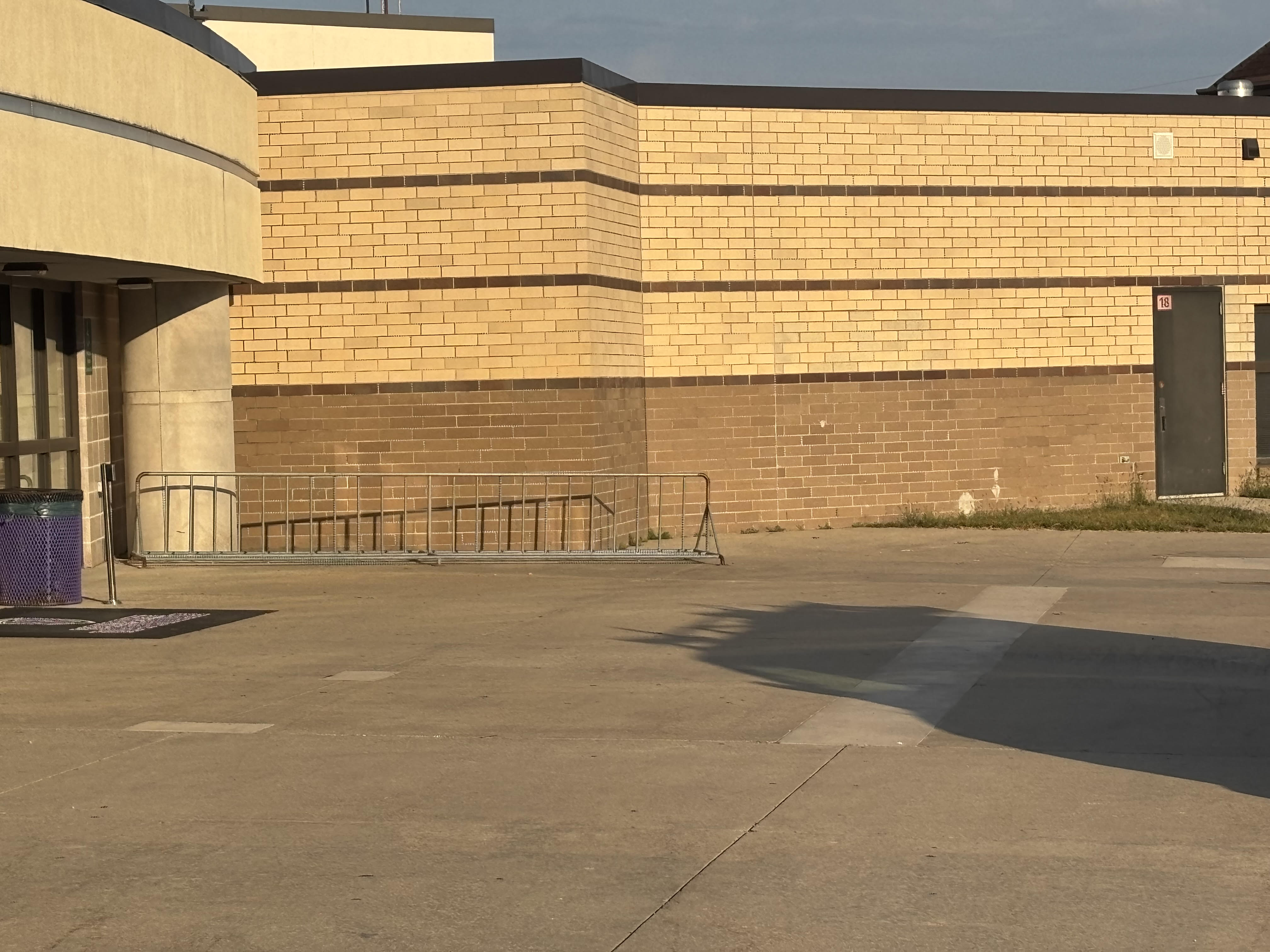
Few students bike to school, due to the danger caused by drivers and the convenience of driving.
These measures will encourage students to bike, walk, or take the bus, which will decrease congestion, improve safety, and reduce the environmental impact of transportation to the school. Remember: people who drive to school are knowingly, intentionally, and actively putting children in mortal danger because they value their own convenience over the lives of others.
Work Cited
“Motor Vehicle - Injury Facts.” Injury Facts, National Safety Council, June 2025, https://injuryfacts.nsc.org/motor-vehicle/overview/introduction/. Accessed 1 October 2025.
All photos by Liam J.
Comments
Post a commentWaunakee Community High School 2025-2026 Students
Upload your essays here!

